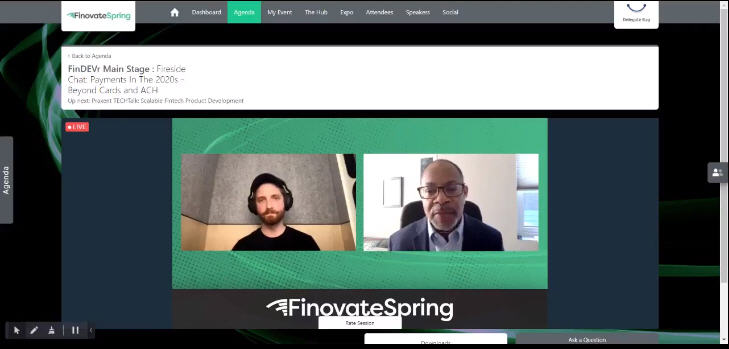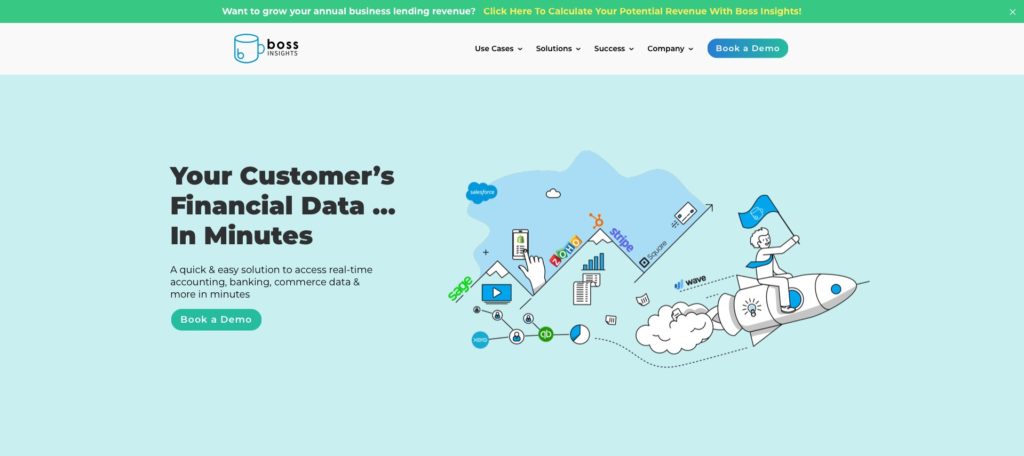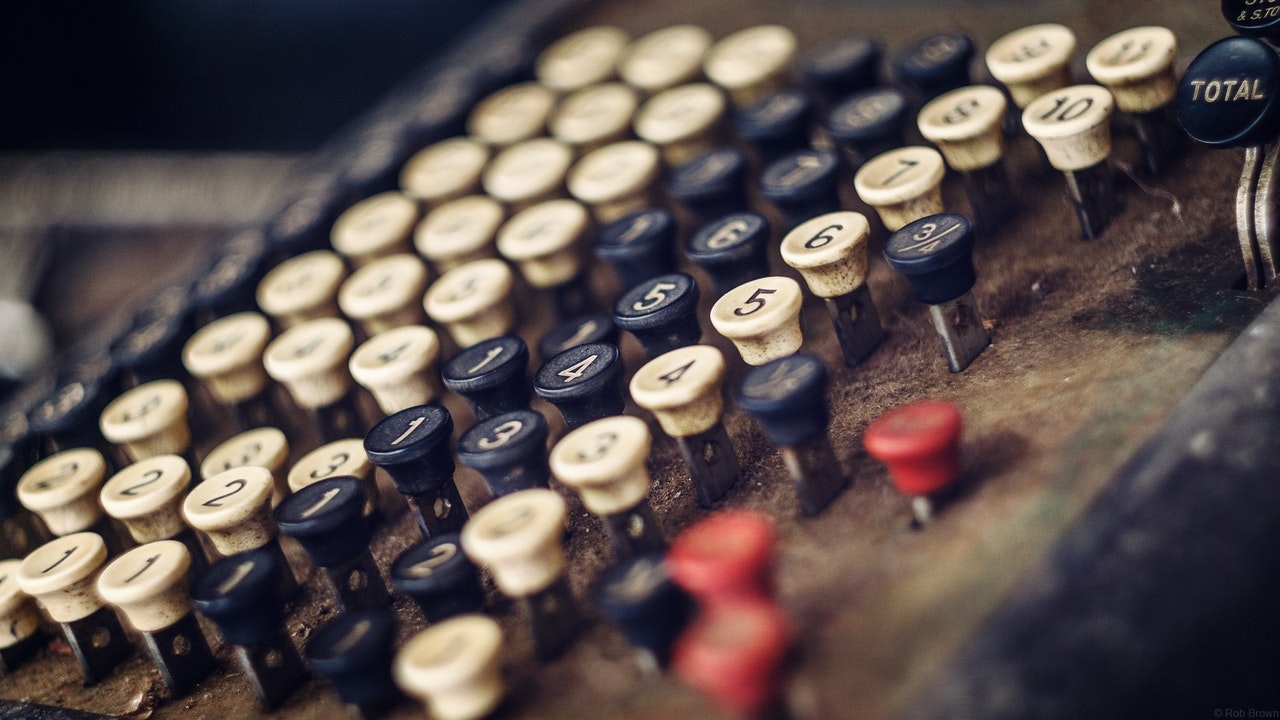
This summer, as part of our Finovate Fintech Halftime Review, we helped make the case for the U.S. midwest as an under-recognized source of fintech innovation.

Today, our conversation with Nicole Lorch of the First Internet Bank is a reminder of what “America’s Heartland” has to offer in terms of leveraging technology to make online banking a reality for small businesses and families. Founded in 1999 and headquartered in Indiana, First Internet Bank was the first state-chartered, FDIC-insured financial institution to offer exclusively online banking services. At the same time, First Internet Bank has continued to emphasize the importance of personal connection and service to the community.
We caught up with Ms. Lorch recently to talk about First Internet Bank, the evolution of online and digital banking, and her goals as the institution’s new President and Chief Operating Officer.
You joined First Internet Bank as Director of Marketing at its launch in 1999. How has the idea of an “Internet bank” changed over the years?
Nicole Lorch: At the time of our launch, we operated as a direct-to-consumer bank with a fairly standard lineup of products: checking, savings, CDs, and credit cards.
While we actually were the first state chartered, FDIC-insured bank to operate entirely online, a number of competitors quickly emerged. However, many of them couldn’t make it work or were absorbed into another entity:
- Compubank (Acquired by NetBank)
- Netbank (Closed by OTS, 2007)
- Wingspan Bank (Closed by its parent, BankOne, in 2001)
- ING Direct (Divested U.S. operations, sold U.S. relationships to Capital One)
- Security First Network Bank (Acquired by Royal Bank of Canada)
- Telebank (Acquired by E*Trade)
Even with our early successes, many industry pundits believed that moving to more complex banking services, like mortgage and real estate lending, could not be done on a direct-to-consumer, nationwide basis. While we considered ourselves trailblazers in the new world of digital banking, it was critical that we created processes that allowed us to function in a sustainable, repeatable, and compliant way. As a result, we were able to efficiently – and profitably – become leaders in lending.
Imagination has always been fundamental to our existence. Our innovative approach to banking has continued to play an essential role in the development of First Internet Bank – and with it our ability to build a national lending platform with digital DNA behind it.
How has the challenge of educating the public about the Bank’s offerings changed from a time when there were very few if any “Internet banks” to now when the idea is more commonplace?
Lorch: One thing is certain: it is much easier for people I meet to wrap their heads around the concept of a branchless bank now than it was 22 years ago! The world has changed, and consumers have adapted and embraced the digital realm. From shopping and ordering food to conducting financial transactions, it’s all available instantly at our fingertips. But we need to remember, this is a very human business, not one that should be labeled “contactless.” We still pride ourselves in delivering the personal service our customers deserve.
Consumer demand and the way people want to access their money has moved in the direction we predicted: more electronic transactions, fewer cash-based transactions … with so few paper checks these days.
What are your first priorities as President and Chief Operating Officer?
Lorch: My new role with First Internet Bank is evolving. But our strategic agenda remains unchanged – which is good for our team because we move fast and get a lot of things done! We continue to concentrate on improving the customer experience by creating new solutions that foster greater efficiency and ease of use, strengthening our existing business and personal banking relationships, and diversifying our revenue streams. We have a great team that responds to challenges head-on, which makes achieving all our priorities much easier.
What are some of the bigger challenges that financial institutions like First Internet Bank are facing right now?
Lorch: Disruptive fintechs will continue to challenge our industry, bringing with them new consumer expectations and innovation. Fintechs have the ability to disrupt four primary categories of any traditional bank’s business: market share, margins, information security/privacy, and customer churn. However, financial institutions still maintain a greater sense of consumers’ trust.
Many fintechs do not face the same regulatory demands that chartered, insured depositories do, nor do they face the shareholder expectations of a publicly-traded company. Having a leaner virtual operation, more flexibility through not being regulated as a deposit-gathering institution and, in many cases, significant venture capital cash allows fintech startups to attract customers with competitive pricing and to move in a more nimble fashion when market conditions dictate.
We must continue to evolve and look for opportunities where they exist, to meet the changing demands of consumers. There is, however, one important area where we can continue to win: by providing great, high-touch (human) service that backs up our customer-facing technology.
What do your small business customers need most from First Internet Bank? And what kind of help do your retail customers most frequently request?
Lorch: Our customers need us to be creative. Sometimes they think they need a line of credit when they really need a term loan. Sometimes they think that they need a conventional product, when they need an SBA loan. We listen to their needs and customize our responses to their situation, instead of talking at them or selling them something they don’t need or want. If we can’t help them, we go so far as to make introductions to other financial institutions that can help them.
Most importantly, we have always believed that customers need surety of execution and respect for their time. On a loan request, a fast “no” is better than a long, drawn out “maybe.” Whether they are buying a business or a home, they need to know they can count on us to get them to the closing table – and closed – on time.
What of the popular enabling technologies have been most effective in helping First Internet Bank grow its top-line and better engage customers?
Lorch: AI allows us to leverage the data we have to acquire new customers as well as enhance our relationship with existing ones by identifying and offering products, services, features, and partnerships better tailored to their evolving needs. It also assists in fraud prevention.
APIs allow us to extend our platform and rapidly integrate new features, partnering with best-in-class service providers to create a robust, constantly-improving user experience while limiting the burden of legacy technologies and in-house coding.
What are some of the bigger initiatives the bank is pursuing this year?
Lorch: The last eighteen months have really tested our nation’s small business owners. We are poised to help entrepreneurs rebound and accelerate their growth. The pandemic pulled forward consumer acceptance of digital delivery of services by several years. We have a small window, albeit brief, to capitalize on the opportunity to layer our more than 20 years of direct-to-consumer know-how, with a next-generation user-interface, to give consumers a better way to bank.
We are growing our small business lending team while we overhaul the customer experience and our back office processes. It’s like flying the plane while we’re tuning the engine and refurbishing the cabin, but it’s necessary to ensure that our customers receive the level of service they expect from us.






























